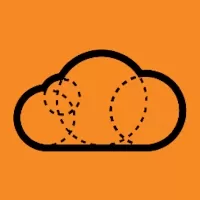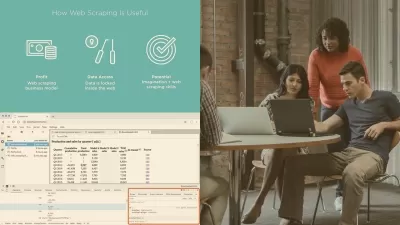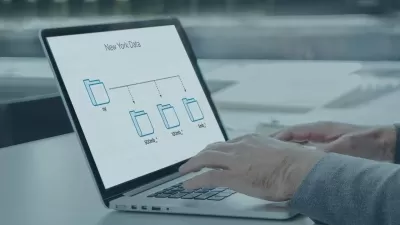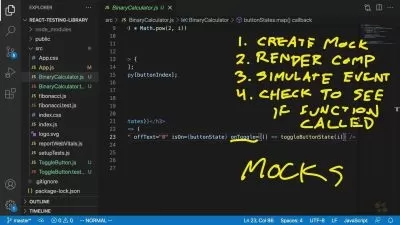BDD with pytest-bdd and Python
Chris Behrens
2:23:04
Description
This course will teach you how to drive your Python code with super-high quality requirements developed with BDD techniques.
What You'll Learn?
The maximum quality of any software process is always driven by the quality of the requirements - you can have outstanding developers and DevOps processes, and complete the wrong thing well if the requirements are not of equal quality. In this course, BDD with pytest-bdd and Python, you’ll learn to use BDD to transform plain English requirements into unit tests and steps that drive your Python development. First, you’ll explore the Gherkin syntax for BDD. Next, you’ll discover pytest-bdd, the tool for implementing and automating the connection between your requirements and the code. Finally, you’ll learn how to use all this to drive execution of your code in a browser with Selenium. When you’re finished with this course, you’ll have the skills and knowledge of BDD Python needed to improve quality and velocity with your Python development.
More details
User Reviews
Rating
Chris Behrens
Instructor's Courses
Pluralsight
View courses Pluralsight- language english
- Training sessions 54
- duration 2:23:04
- level average
- English subtitles has
- Release Date 2023/12/05

















